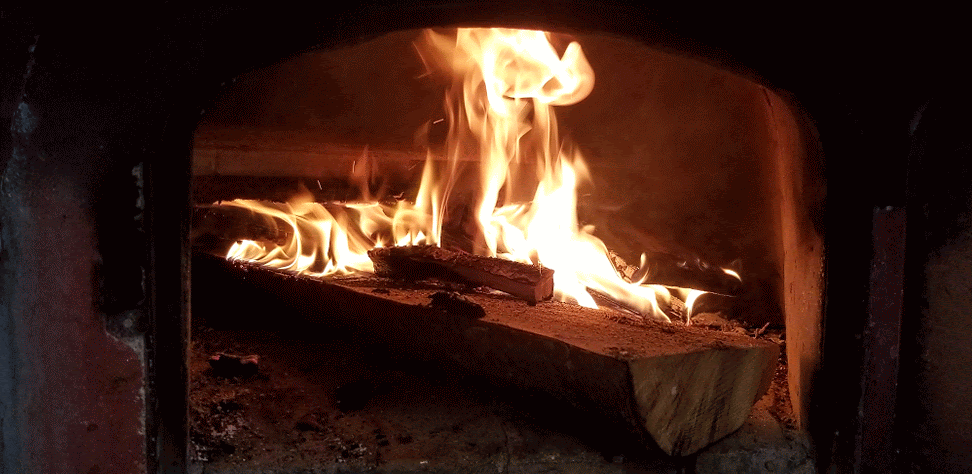This post is part 2 of a series on dialogue. Click here to read the first post in the series about the three core forms of dialogue.
This week’s post on Words Like Trees pushes forward into the world of dialogue. We’ll look at a concern that often arises with this fickle structure: is the dialogue believable? Does it feel real? We’ll discuss the cultural ideas underpinning the question, different perspectives on what makes dialogue lifelike (or whether it can be at all), and finally investigate what implications this might have for our own writing.

The Problem of awkward dialogue
When dialogue in fiction sounds unnatural, readers are put off. Repetitive, overly formal, or stilted conversations push readers out of the story. Suspension of disbelief is broken. The character becomes an automaton and loses with their humanity the reader’s sympathy. Beth Hill does a nice job in this post of cataloging some of these sins of speech, the many ways awkward dialogue can do a story in.
The solution, it may seem, is to make characters’ speech more realistic. How do people really speak, we might ask. This is how our characters ought to speak as well.
Verisimilitude: the privileging of the real
This desire to present reality is a pervasive one in contemporary Western fiction. We round our characters in an effort to make them more lifelike. We may strive in our settings, if not for strict realism, at least for a sense of internal consistency. The show-don’t-tell mantra so central to popular writing advice today argues that readers should be given the sensation of living the stories themselves.
Dialogue, too, we are told, should be as realistic as possible. Particular characters should have identifiably distinct voices, just as (at least we believe) individual real people have distinct manners of speech. Colloquialisms, idioms, clichés, the bane of many a narrator, are deemed the proper speech of characters.
Behind these ideas (and I’m not arguing at all that they are wrong, although I will argue later that we should take them with a grain of salt) stands the belief that good fiction represents reality.
What does “realistic dialogue” sound like?
In the high school creative writing classes I taught when I lived in Minnesota, I used to send my students out eavesdropping. “This weekend,” I advised, “at a coffee shop or a park or at home with your family, listen in on someone’s conversation, and write down precisely what you hear.” I bade them collect every “um” and laugh and interruption, every stopped-short sentence and every garbled word. “Let’s see what people really speak like,” I said. “Let’s make our dialogue as realistic as we can.”
Students struggled with the assignment. They had trouble writing fast enough. They corrected the spoken grammar without realizing. They feared being caught. They couldn’t hear clearly in those busy places. Maybe it was also a homework assignment that it was easy to make excuses for, and eventually I quit assigning it.
But I’ve got a few eavesdropped snippets myself that I collected as examples for students. Let’s take a look at one. Here’s my brief transcript of two women at a coffee shop in the Minneapolis suburbs in 2015. I’ve changed the name of the niece.
Woman 1: Cause I expect she will always be struggling with this anxiety. She’ll never be a person who can say, “I’m ready for that.” Will she ever say, “I’m ready to go to college”? We think she’s ready, but. Totally different subject – my niece Bridget was supposed to go to a Sadie Hawkin’s Dance last night.
Woman 2: Terrible, terrible.
Woman 1: So anyways…
I’m struck by the disjointedness of this conversation. The first speaker’s explicit change of subject after the expectant “but,” her companion’s response to the first topic while ignoring the second, the fractured sentences.
Human thinking and speech rarely follow the logical progressions we might imagine. We jump from thought to thought, respond non-sequentially, find ourselves distracted, leave our sentences unfinished. Written language is more carefully constructed, and seeing the mercurial mind laid out in this way on the page can be disorienting. Where we might hear a conversation like this and think little of it, when we look carefully at the actual words spoken, they may require more mental power to comprehend.

Should we write dialogue like people really speak?
We are left with a conundrum: awkward, stilted dialogue sent us seeking realistic speech. But realistic speech can be in its own way off-putting to readers, at least if we take it in its full dose. Perhaps, then, we have been looking in the wrong place for our solution.
If we seek streamlined, purpose-driven writing, attempting to render fully realistic dialogue may do more harm than good. Characters veering off topic as might happen in real life can derail a scene. The real world’s chaos can leave readers bored, confused, and unengaged. By a similar token, ungrammatical dialogue, as realistic as it might be, draws more attention to itself when written down, having the undesired effect of distracting readers from the story at hand.
A question also exists as to whether realistic speech representation in fiction is even possible. In a survey of academic research into this question, The Living Handbook of Narratology argues:
Novelistic speech is always highly schematized and stylized, depending for its effects of verisimilitude on very limited selections of speech-features, many of them derived not from actual speakers’ behavior but from literary conventions, linguistic stereotypes, and folk-linguistic attitudes. This is especially evident in representations of foreign accents, regional dialects, and specialized professional registers (Page 1973). Perhaps the most powerful factor in producing effects of “realistic” speech is textual context, which induces the reader to accept thin sprinklings of conventional or possibly arbitrary features as faithful representations of real-world speech behavior (McHale 1994). In short, the mimesis of speech in fiction is a “linguistic hallucination” (Fludernik 1993: 453)
This idea that what we call verisimilitude in dialogue is really just a package of “literary conventions” is fascinating. That what we most commonly are imitating in our dialogue is not people’s speech but the dialogue of other writers, that our very conception of how people speak is perhaps disconnected from reality–this is a place to keep investigating.
Perhaps herein lies the strangeness of examining the actual human speech earlier in this post: real speech is not what we are accustomed to in fiction–and I’m talking quality, believable fiction. Instead, when our dialogue falters, perhaps we must seek to better understand what it is these literary conventions tell us. What is the “linguistic hallucination” we have all read our way into accepting? To what extent will that hallucination allow us to craft the stories we want to tell? To what extent could it get in the way?
Conventions are forever changing, and perhaps there is room to push dialogue towards faithful representation of the real. Perhaps such a venture is misguided. But I think I’m going to stop eavesdropping on people in coffee shops. I think I’m going to do more reading, and more writing.

Next week, we’ll look at a related dialogue conundrum: the representation of dialect. It’s been a helter-skelter week back here in Flekke. New students, new classes, a thousand emails, great new conversations. Good things.
Until next week, best wishes,
Jimmy


Great post. It’s an instant turn off when reading for me, if I don’t believe people speak the way the characters do. This is an insightful post, and as a writer I always try to make dialogue as authentic as possible.
LikeLike